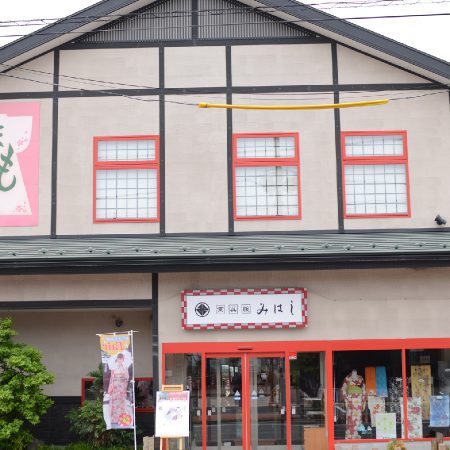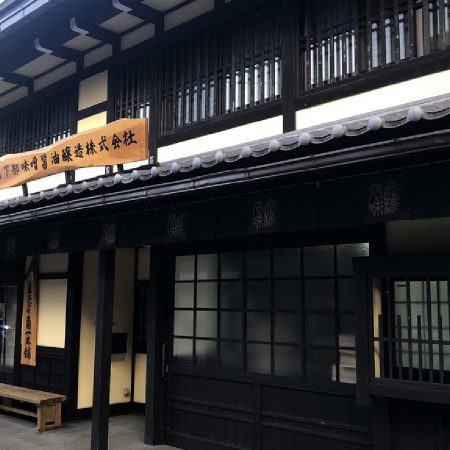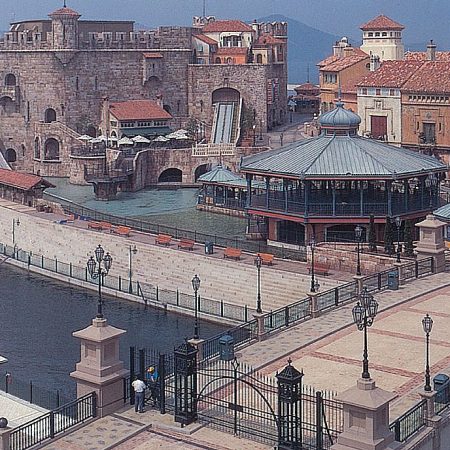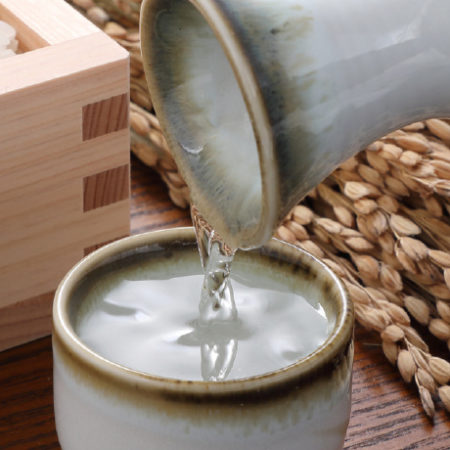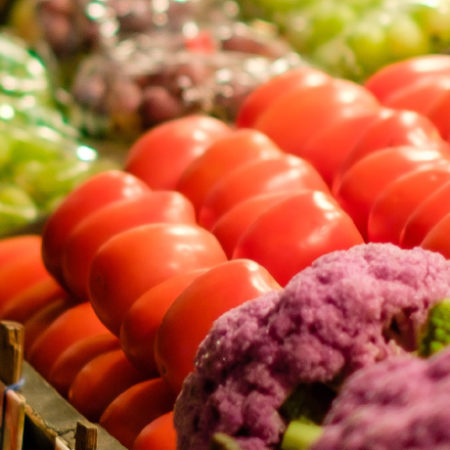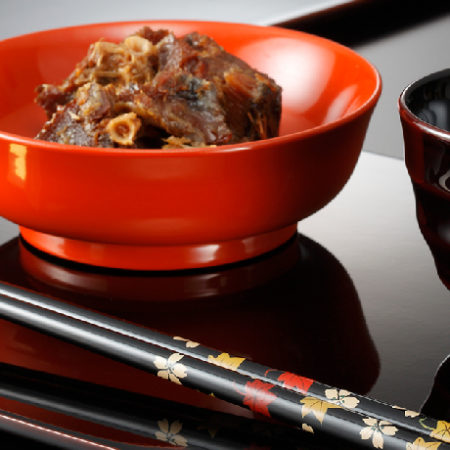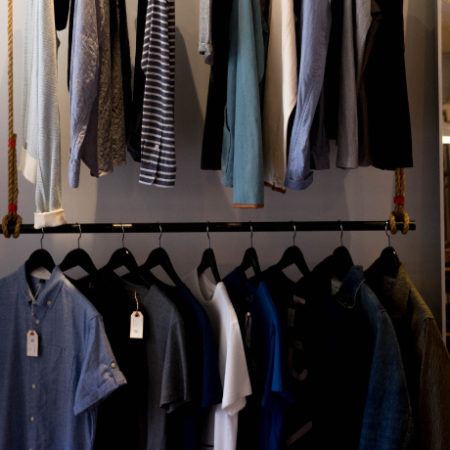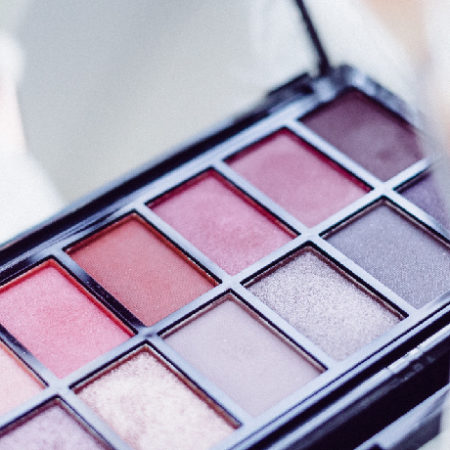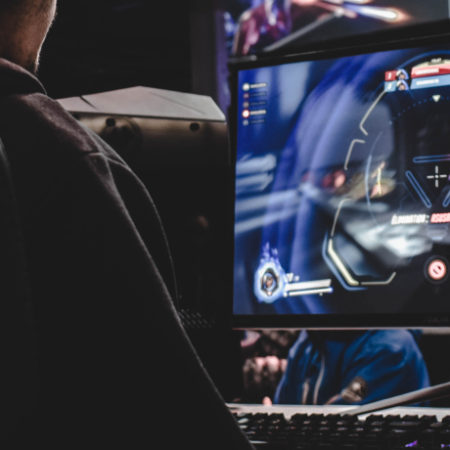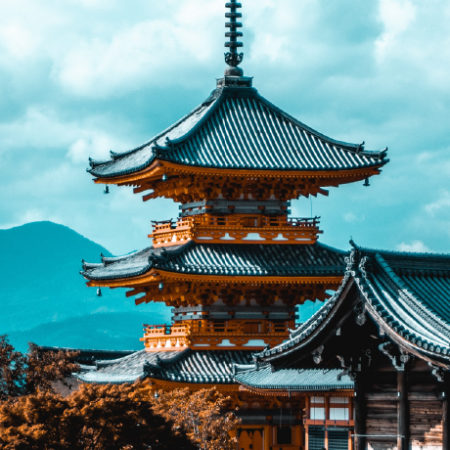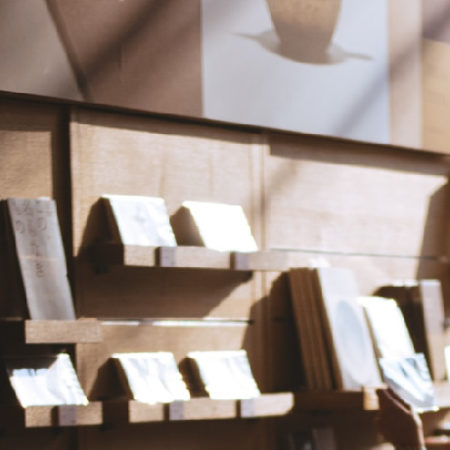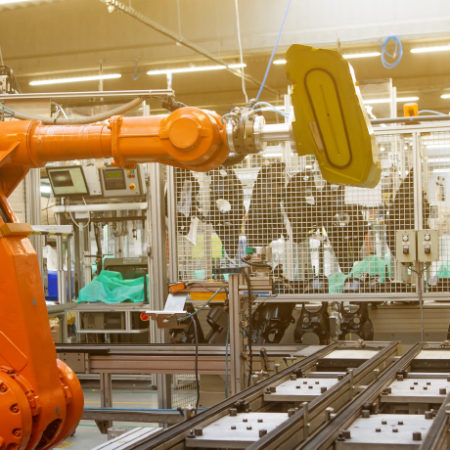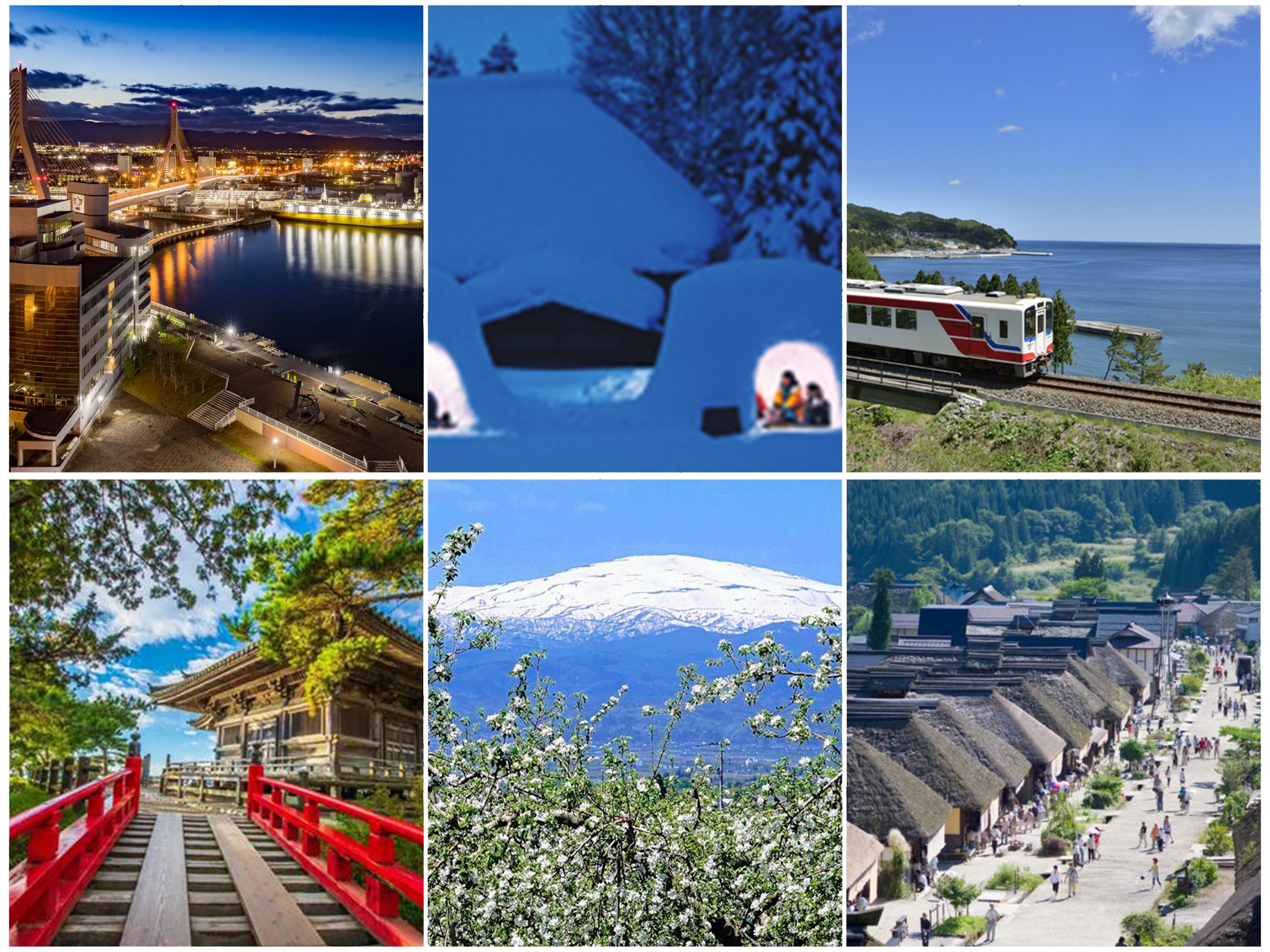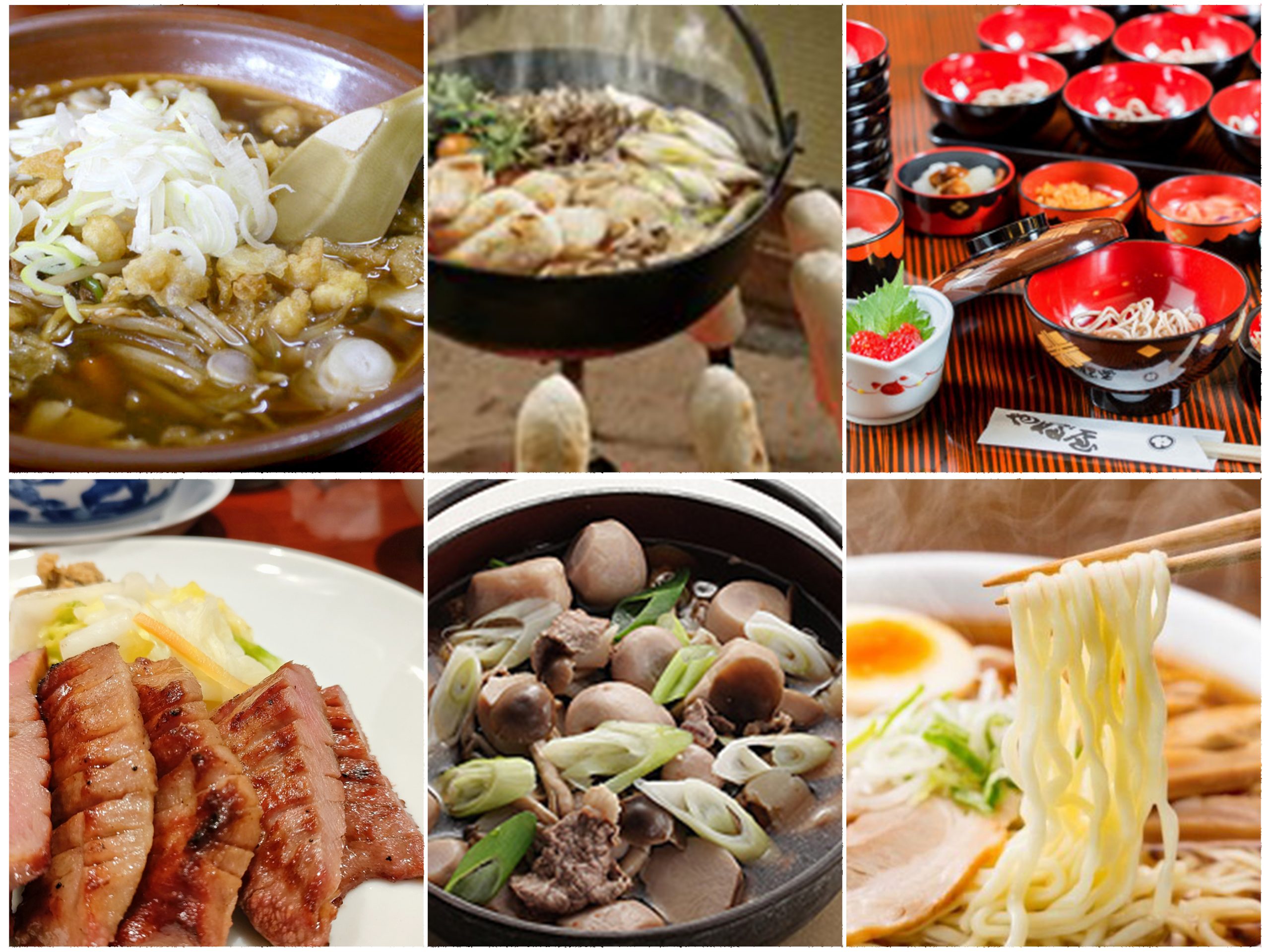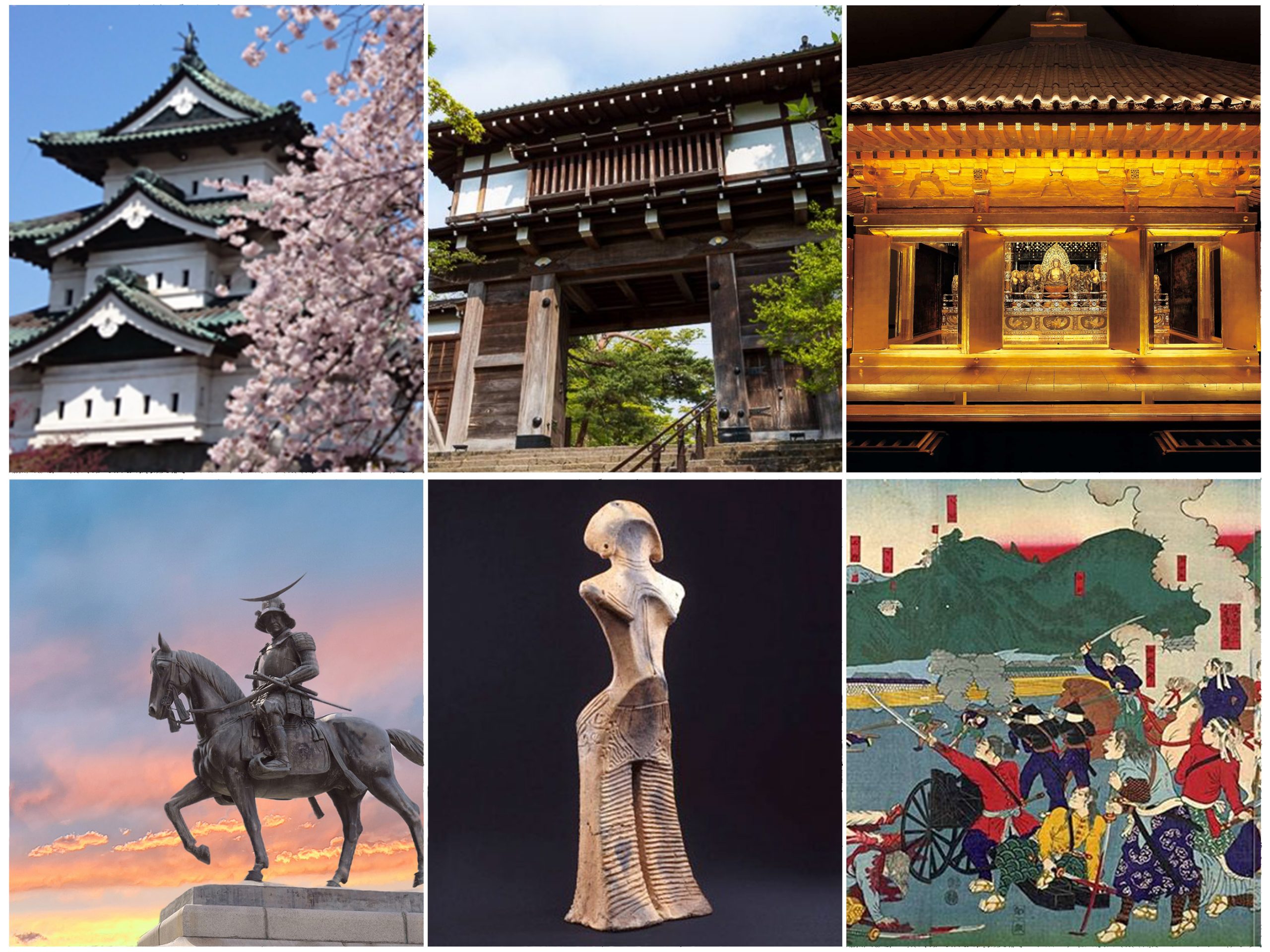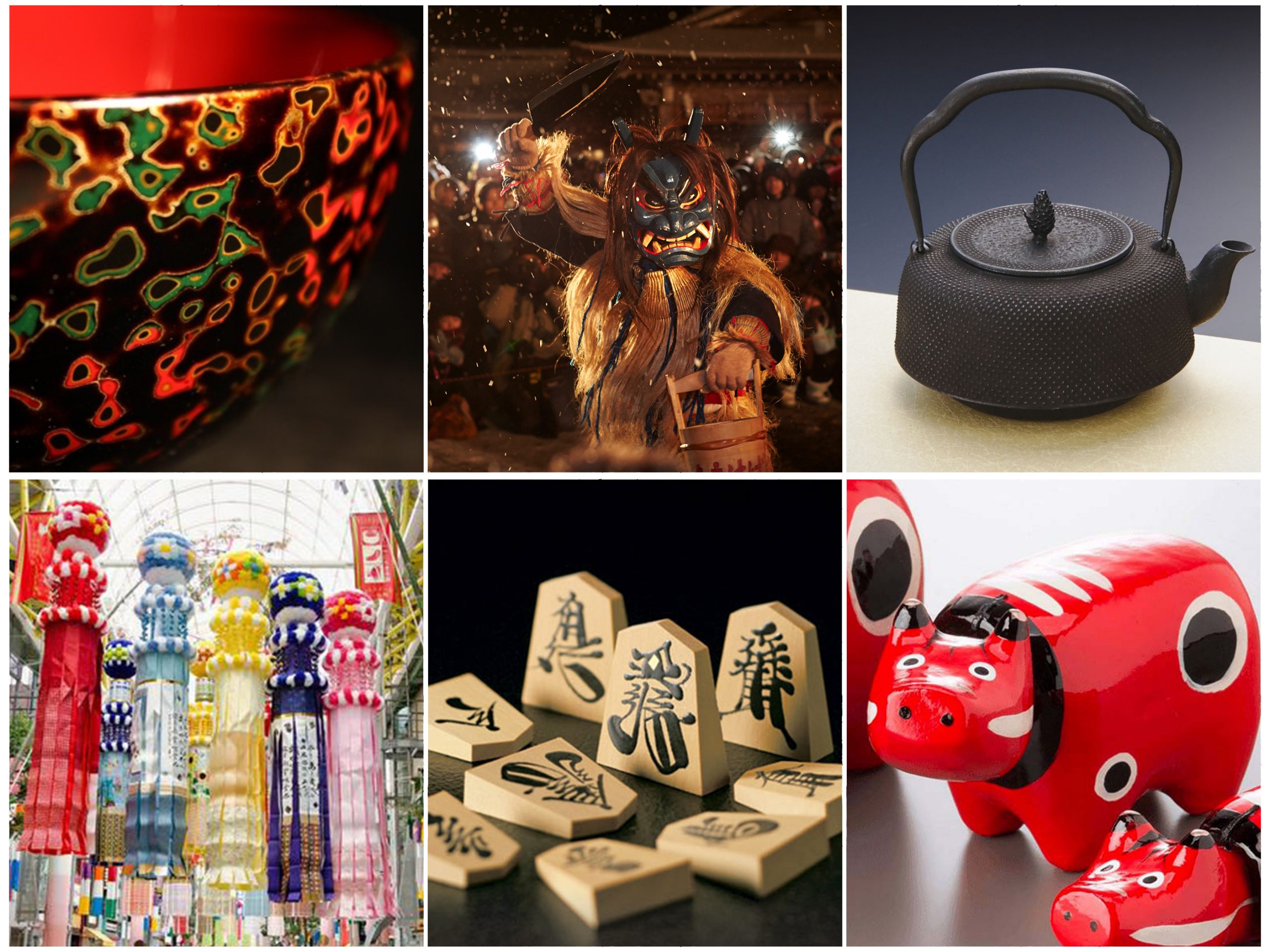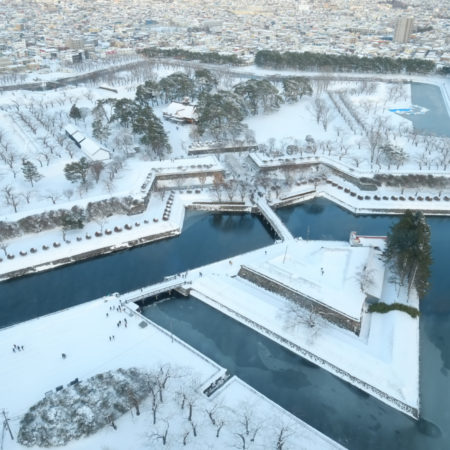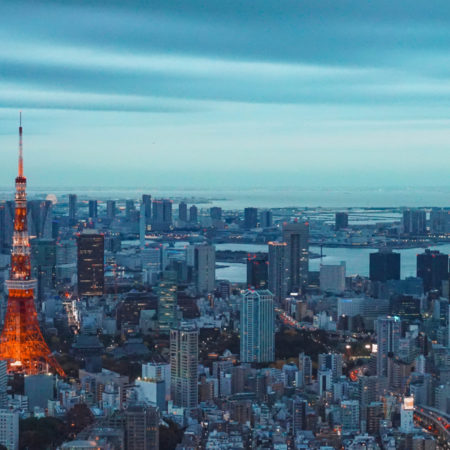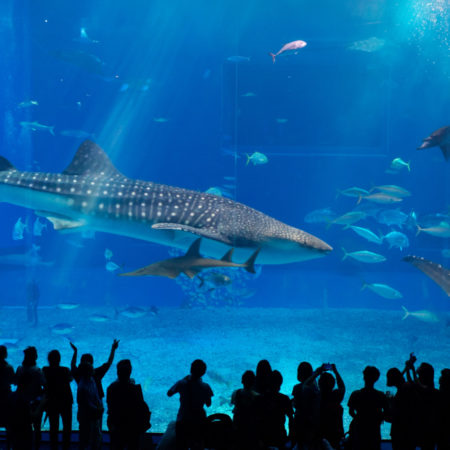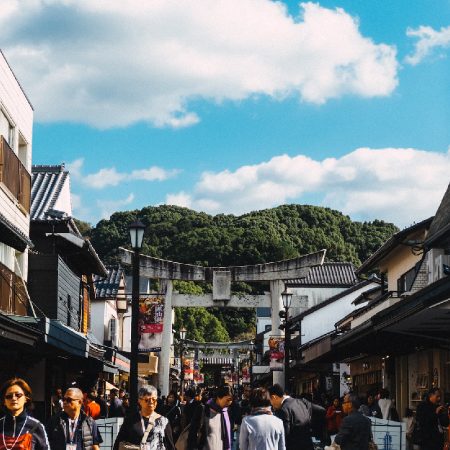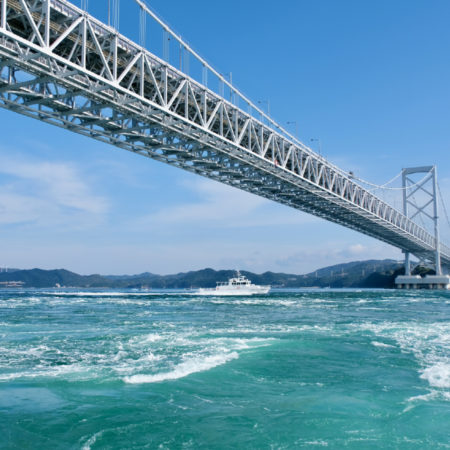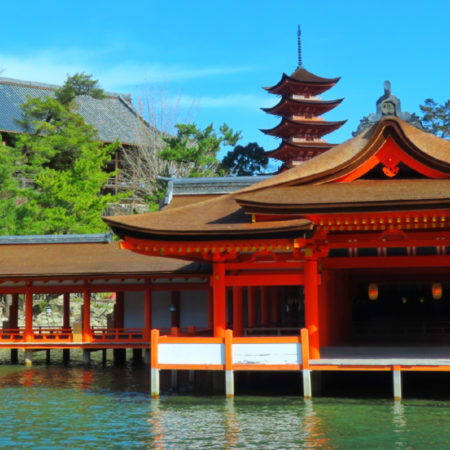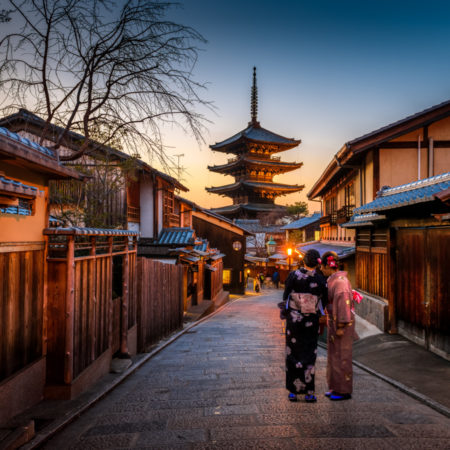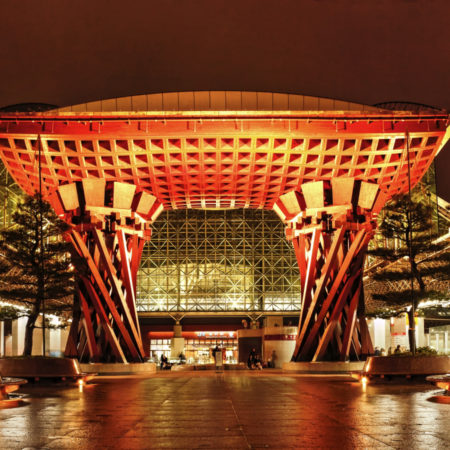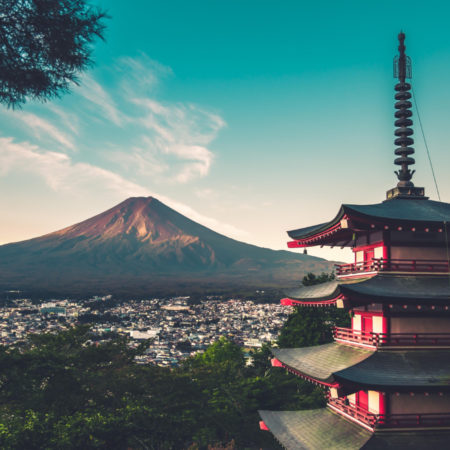Fukushima prefecture:
Fukushima Prefecture is a land of nature, history and tradition. The majestic scenery of Oze and Lake Inawashiro, where swans swoop down, will overwhelm you with the richness of nature. There are also numerous places famous for their flowers, such as Miharu Taki Cherry Blossoms and Hanamiyama.
The Tsurugajo Castle and Ouchi-juku offer a taste of Edo culture, while the Soma Nomaoi Festival (an important intangible folk cultural property) and the Aizu Tajima Gionsai Festival keep the traditions of old alive.
Yamagata prefecture:Honesty and honesty: The home of cherries, another Japan "Yamagata
Surrounded by the beautiful mountains of Zao, Gassan, Chokai, Azuma, Iide, and Asahi, which are among the 100 most famous mountains in Japan, the region is blessed with beautiful nature, with the Yonezawa, Yamagata, and Shinjo basins stretching from the south and the rich Mogami River flowing through the Shonai Plain. Yamagata's cherries, which account for 70% of the nation's production, and its vivid four seasons are the original landscape of Yamagata.
Miyagi prefecture:Seafood and Local Products
Sendai, the prefectural capital, is the largest city in the Tohoku region and serves as the center of economy, culture, and commerce. Agriculture and fisheries are also thriving, and beef and shark fins are well known as specialty products. The city's tourist attractions include Matsushima, one of the three most scenic spots in Japan. Matsushima is a scenic spot located in Matsushima-cho, Miyagi Prefecture, and is known for its spectacular view of some 260 islands of various sizes. In addition, the ruins of Sendai Castle, built by Date Masamune, offer a panoramic view of the city of Sendai, aptly named the "City of Trees.
Iwate prefecture:
Located in the northeastern part of the Tohoku region, Iwate is surrounded by rich nature, with the magnificent Kitakami River flowing between the Ou Mountains and the Kitakami Highlands, and the Sanriku Sea, which is one of the world's largest fishing grounds.The region is rich in nature, and each region has its own unique climate, which has nurtured a rich diversity of cultures.
Akita prefecture:The hometown of Akita, a place of sincerity, warmth, and perseverance
One of the major attractions of Akita Prefecture is its beautiful nature, including majestic mountains, the azure Sea of Japan, and rice fields shining with light, water, and greenery, as well as a variety of festivals and traditional culture that can be seen throughout the prefecture year-round, allowing people to enjoy the scenery and customs that change from season to season. The prefecture is also rich in renewable energy resources such as wind and geothermal power generation.
Aomori prefecture:
Aomori Prefecture is the northernmost prefecture on Honshu, surrounded on three sides by the sea: the Pacific Ocean to the east, the Sea of Japan to the west, and the Tsugaru Straits to the north. With Mt. Hakkouda, a sacred mountain, in the center of the prefecture, Aomori is a region with a rich culinary appeal. It is also a region rich in seasonal changes, with cherry blossoms represented by Hirosaki Castle in spring, hot festivals in each region represented by the Nebuta Festival in summer, beech forests dyed yellow in autumn, and snow turning the area white in winter.
